Every region in the United States has its comfort foods—but some local delicacies go way beyond mac and cheese or apple pie. From bull testicles disguised as seafood to pickles marinated in Kool-Aid, America’s culinary map is dotted with dishes that are as quirky as they are culturally rich. These aren’t just weird-for-the-sake-of-it meals—they’re flavorful traditions born from necessity, innovation, and deep-rooted heritage.
Whether it’s the result of immigrant ingenuity, resourceful frontier living, or just good old-fashioned experimentation, these foods tell stories far deeper than their strange appearances or eyebrow-raising ingredients. Take scrapple from Pennsylvania, for instance—an ode to nose-to-tail cooking from German settlers who wasted nothing.
Then there are the controversial classics—chitterlings, brain sandwiches, and lutefisk—that spark strong opinions but have generations of loyal fans who swear by their flavor and tradition. And let’s not forget those fun fusion foods like pickle roll-ups or frog eye salad that seem ridiculous on paper… until you try them and realize they’re oddly delicious.
This article takes you on a culinary road trip through 14 of the strangest (and most beloved) regional foods in America. Some will make you cringe, some might tempt your taste buds, and others might leave you wondering how they ever became popular—but all of them are unforgettable. Buckle up, bring an open mind (and maybe an empty stomach), and dive into this celebration of America’s wonderfully weird and wildly creative food culture.
1. Scrapple (Pennsylvania)
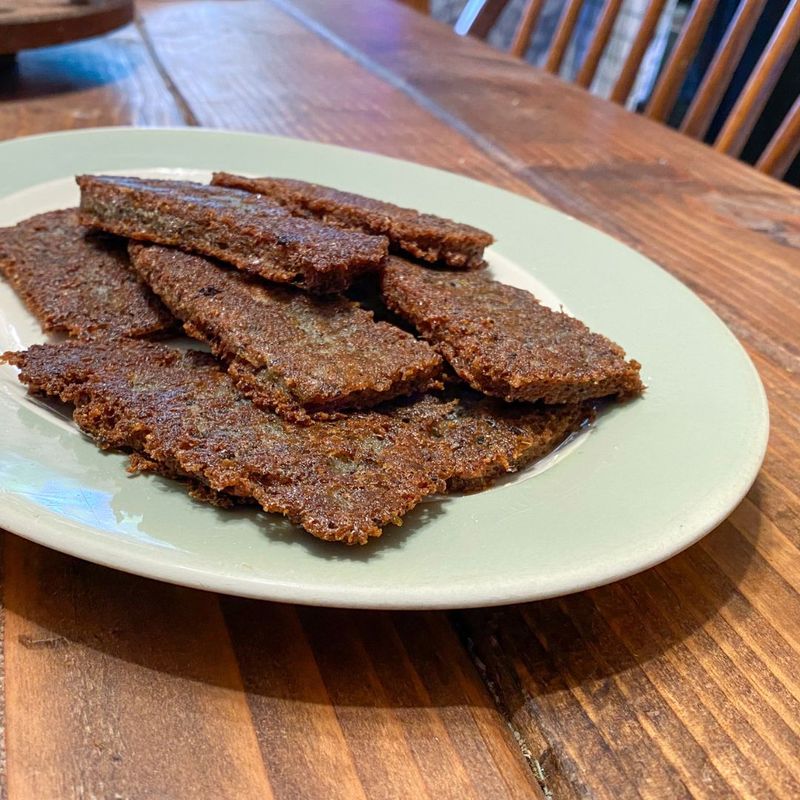
Meat scraps mixed with cornmeal and flour into a loaf that’s sliced and fried – that’s Pennsylvania scrapple in a nutshell. This breakfast staple uses everything but the oink, combining pork scraps, organs, and skin with cornmeal to create a dense loaf.
Pennsylvanians slice it thin, fry it crispy on the outside while keeping the inside soft, and serve it alongside eggs. Some locals add maple syrup or ketchup for extra flavor.
Dating back to early German settlers who practiced nose-to-tail cooking, this humble dish embodies the waste-nothing farm philosophy that sustained generations through lean times.
2. Rocky Mountain Oysters (Colorado)

Bull testicles masquerading as seafood? Welcome to Colorado’s infamous Rocky Mountain Oysters. Ranch hands created this peculiar delicacy during cattle drives when nothing went to waste. These aren’t shellfish from the ocean but rather bull testicles that are peeled, sliced, breaded, and deep-fried.
Locals typically serve them with cocktail sauce or hot sauce. The texture resembles calamari but with a gamier flavor that takes some getting used to.
Colorado restaurants often hold eating contests featuring these unusual appetizers, and they’ve become a rite of passage for visitors brave enough to try them without knowing their true identity.
3. Koolickles (Mississippi Delta)
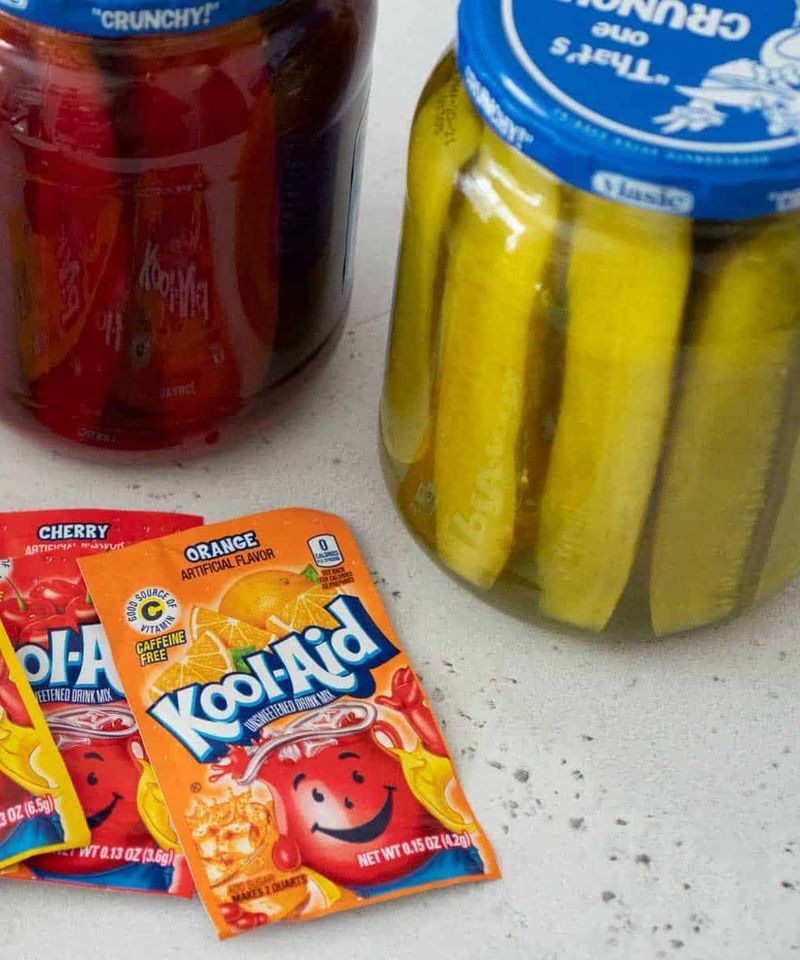
Bright red pickles might sound like something from a Dr. Seuss book, but in the Mississippi Delta, they’re a beloved snack. Koolickles are exactly what they sound like – dill pickles soaked in Kool-Aid, usually cherry or tropical punch flavor.
The creation process is simple: drain pickle jars, add Kool-Aid powder and sugar to the brine, return the pickles, and refrigerate for a week. The result is a strange sweet-sour-salty combination that shocks outsiders but delights local kids.
Found in corner stores throughout the region, these vivid red pickles cost just a dollar or two and have become a cultural icon representing the innovative spirit of Southern food traditions.
4. Garbage Plate (Rochester, New York)
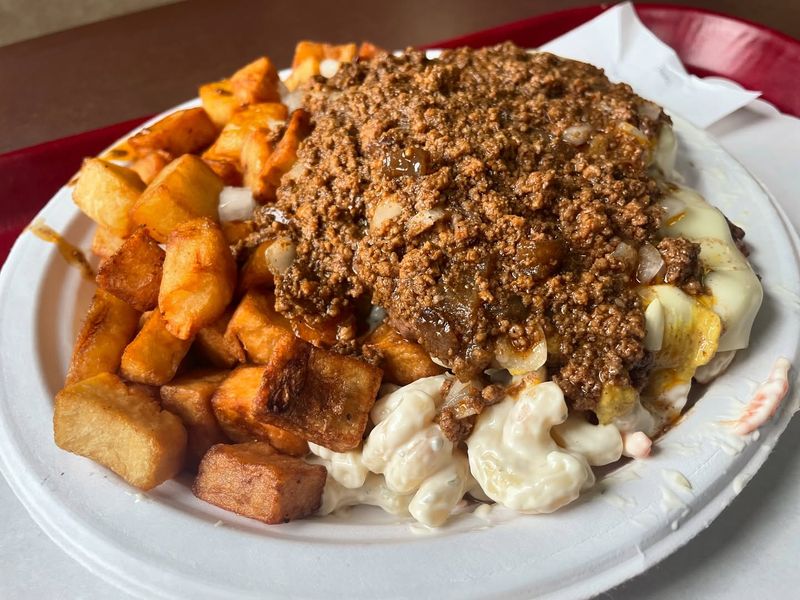
College students and late-night revelers swear by Rochester’s infamous Garbage Plate. This mountain of food was created in the 1980s when a customer asked for everything with “all the garbage” on one plate.
The foundation consists of home fries and macaroni salad topped with your choice of hamburger, cheeseburger, hot dogs, or sausage. The entire mess gets smothered with meat hot sauce, mustard, and onions.
At around 3,000 calories, this gut-busting meal has its own eating challenges at local diners. Nick Tahou Hots, the original creator, trademarked the name, forcing other restaurants to come up with creative alternatives like “Trash Plate” or “Rubbish Plate.”
5. Livermush (North Carolina)
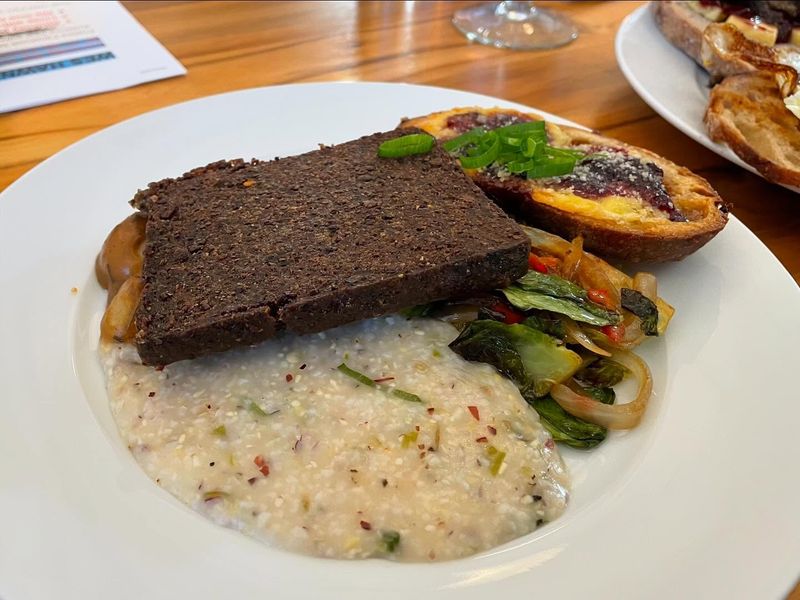
North Carolinians defend their beloved livermush with fierce loyalty despite its unappetizing name. This regional breakfast meat contains pig liver, head parts, and cornmeal formed into a loaf that’s sliced and fried until crispy.
Unlike scrapple, livermush contains a higher percentage of liver, giving it a stronger flavor. Locals typically sandwich it between white bread with mustard or stack it alongside eggs and grits.
The dish traces back to German settlers who brought similar recipes to the Carolinas. Annual livermush festivals celebrate this humble food, crowning livermush queens and serving everything from livermush biscuits to livermush ice cream for the truly dedicated fans.
6. Brain Sandwich (St. Louis, Missouri)

Before mad cow disease concerns, brain sandwiches were staples in St. Louis taverns and restaurants. These sandwiches feature thinly sliced beef or pork brain that’s battered and deep-fried until crispy, then served on rye bread with mustard and pickles.
The texture resembles scrambled eggs with a distinctly creamy, rich taste that loyal fans compare to sweetbreads. Most establishments now use pig brains instead of beef due to health regulations.
Today, only a handful of restaurants still serve authentic brain sandwiches, making them an endangered culinary tradition.
7. Chitterlings (American South)
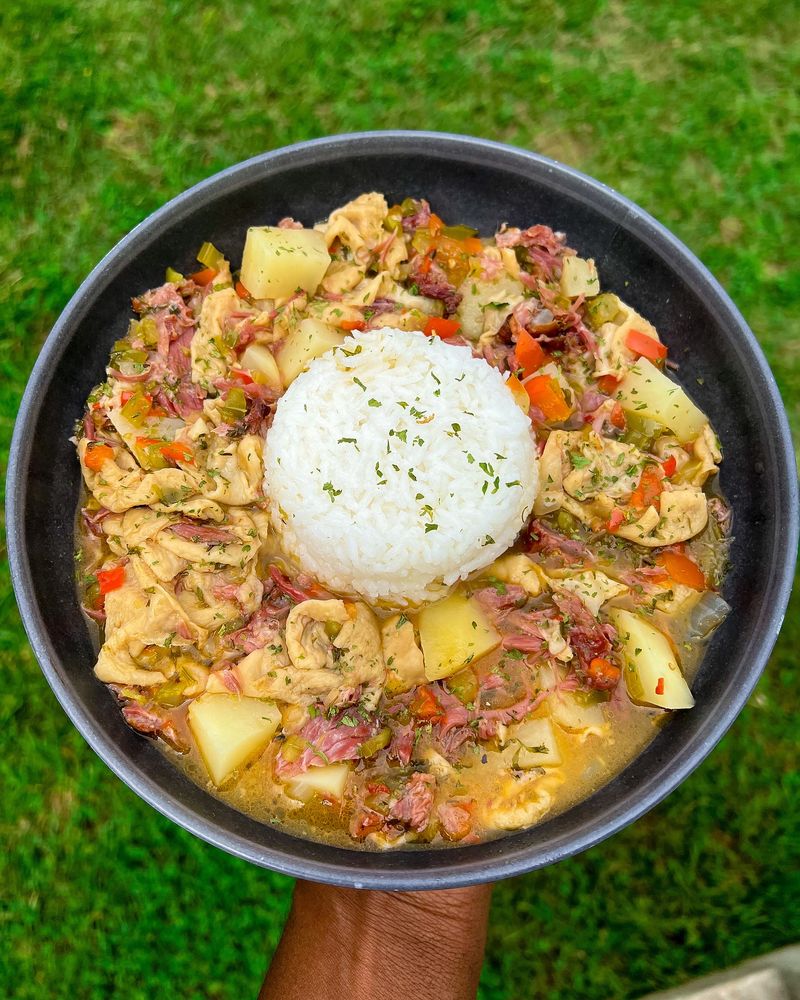
The smell of chitterlings (pronounced “chitlins”) cooking can clear a house, but dedicated fans insist the taste is worth the olfactory assault. These cleaned and stewed pig intestines are a soul food staple throughout the American South.
Preparation is labor-intensive – intestines must be thoroughly cleaned, a process that can take hours. They’re then boiled with spices, vinegar, and sometimes onions until tender. The resulting dish has a chewy texture and rich flavor that devotees describe as earthy and complex.
Chitlins connect to African American culinary history, representing resourcefulness during times when enslaved people received only unwanted animal parts. Today, they remain a holiday tradition for many Southern families.
8. Lutefisk (Minnesota and Wisconsin)
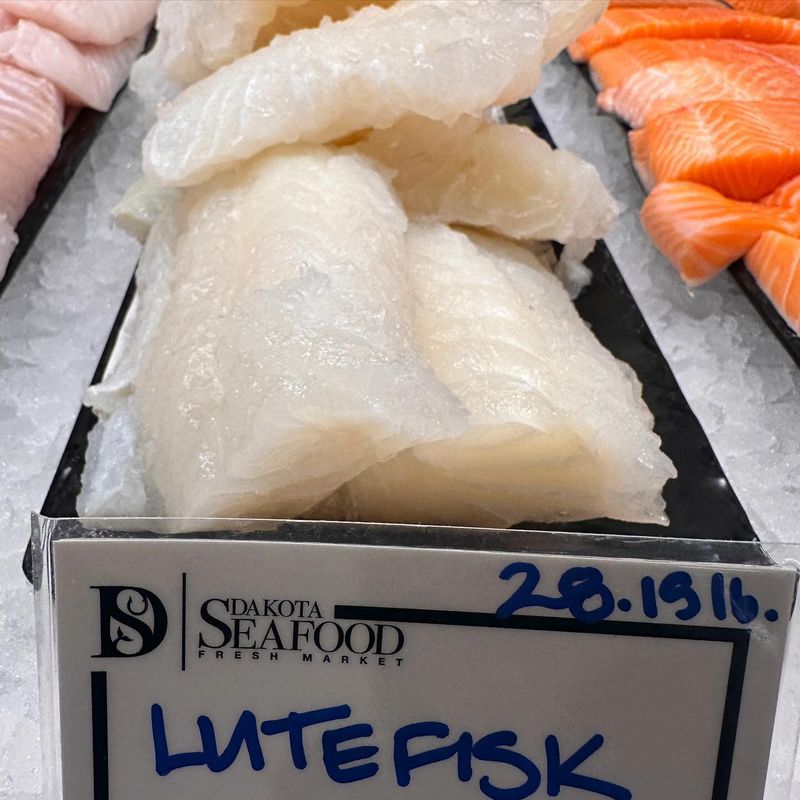
Norwegian immigrants brought lutefisk to the Upper Midwest, where it remains a polarizing Christmas tradition. This gelatinous white fish starts as dried cod that’s reconstituted through a bizarre process involving lye (yes, the caustic cleaning chemical).
After soaking in lye solution for days, the fish transforms into a quivering, translucent mass that’s rinsed thoroughly and cooked. The resulting texture resembles fish-flavored Jell-O with an unmistakable aroma that’s been compared to industrial cleaning products.
Lutheran church basements across Minnesota and Wisconsin still host annual lutefisk dinners where older generations reminisce about old-country traditions while younger attendees bravely sample what’s often their once-yearly encounter with this challenging delicacy.
9. Pickle Roll-Ups (Minnesota)
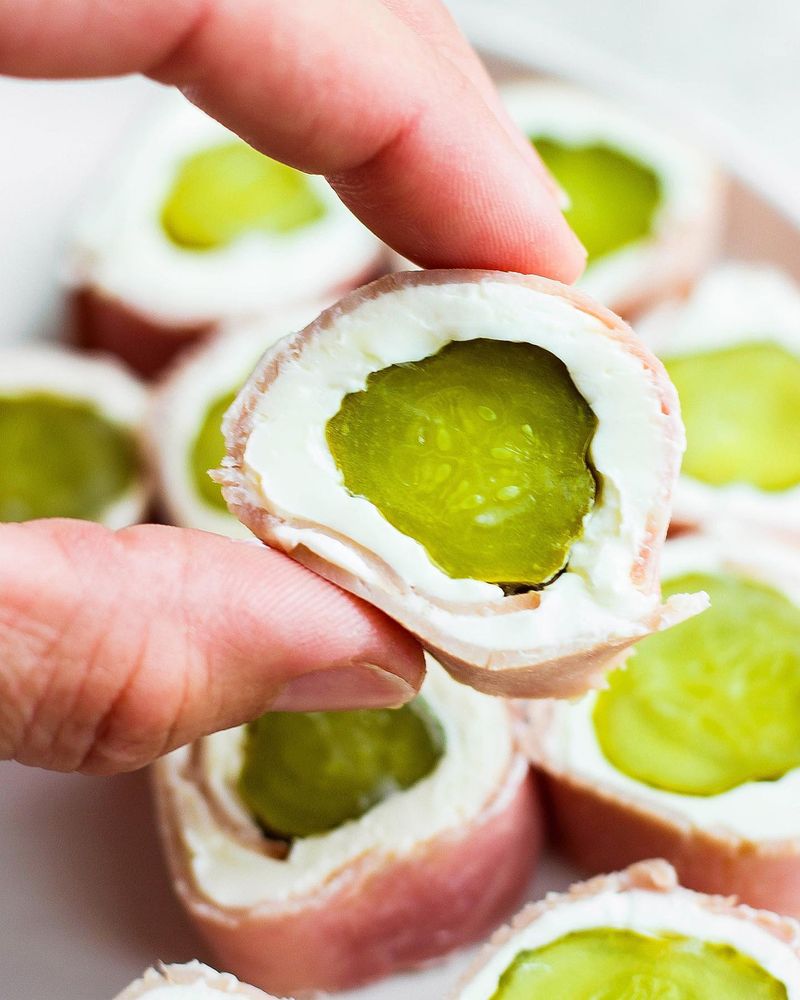
Minnesota potlucks wouldn’t be complete without pickle roll-ups, affectionately called “Minnesota sushi” by locals. This no-cook appetizer consists of dill pickles smeared with cream cheese, wrapped in sliced ham, and cut into pinwheels.
The combination creates a perfect storm of salty, creamy, and tangy flavors that somehow work together despite sounding odd to outsiders. Variations include substituting dried beef for ham or adding garlic or ranch seasoning to the cream cheese.
These simple snacks disappear quickly at graduation parties, holiday gatherings, and church basements across the state. Some Minnesotans have even adapted the concept into pickle roll-up dip for spreading on crackers when they’re feeling particularly fancy.
10. Provel Cheese Pizza (St. Louis, Missouri)
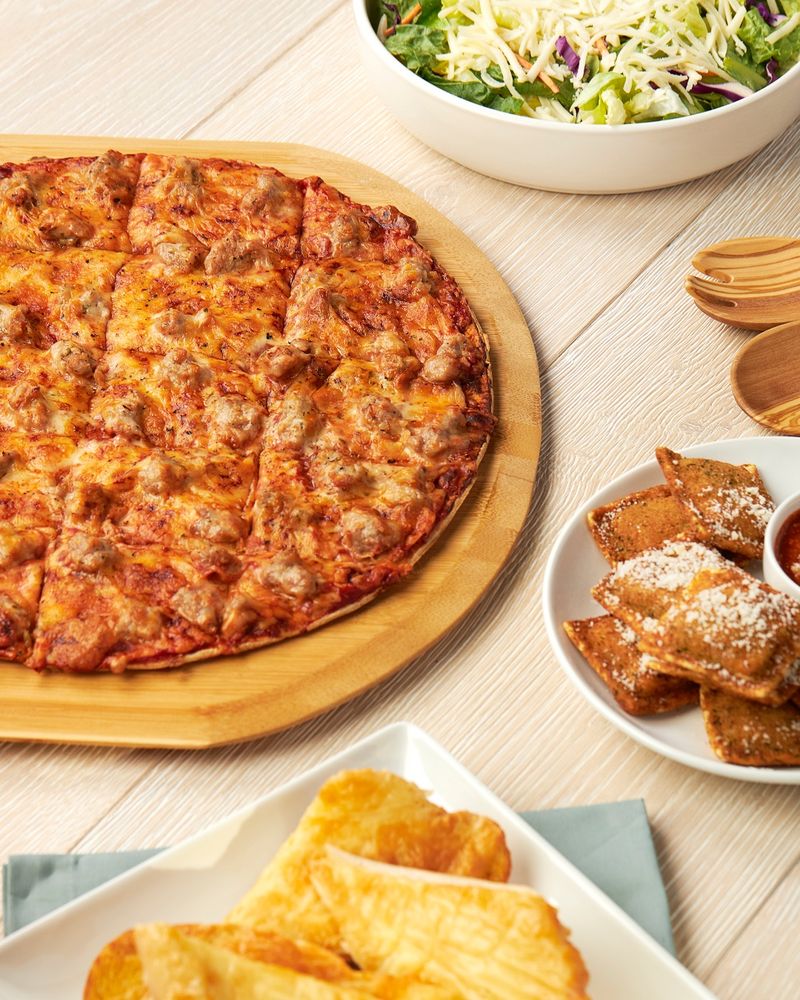
St. Louis-style pizza looks innocent enough until you take a bite and encounter the strange substance on top that locals insist is cheese. Provel isn’t technically cheese but a processed cheese product combining cheddar, Swiss, and provolone into something entirely different.
This white, smoky-flavored substance melts into a distinctive gooey texture that stretches briefly before breaking clean – no stringy cheese pulls here. The city’s thin-crust pizzas come topped with this divisive creation and cut into small squares instead of triangular slices.
11. Akutaq (Alaska)
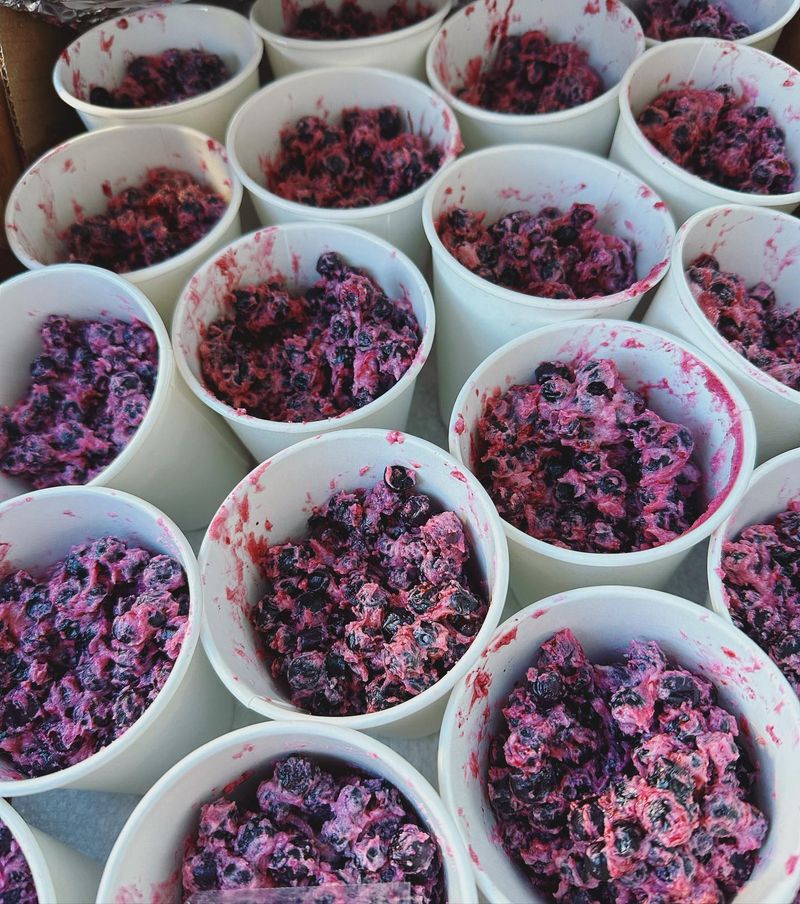
Often called “Eskimo ice cream,” akutaq has sustained Alaska Natives for centuries as a high-energy traditional food. The authentic version combines whipped animal fat (traditionally caribou, seal, or whale) with berries and sometimes fish.
Modern adaptations might use Crisco instead of animal fat, but the principle remains the same – creating a calorie-dense, sweet-savory mixture that provides essential nutrients. Blueberries, salmonberries, or crowberries get mixed into the whipped fat along with a small amount of sugar.
The name “akutaq” means “mix them together” in Yup’ik. While tourists might struggle with the concept of fish and berries in animal fat, Alaska Natives continue preparing this dish for special occasions and community celebrations as a connection to their cultural heritage.
12. Goetta (Cincinnati, Ohio)
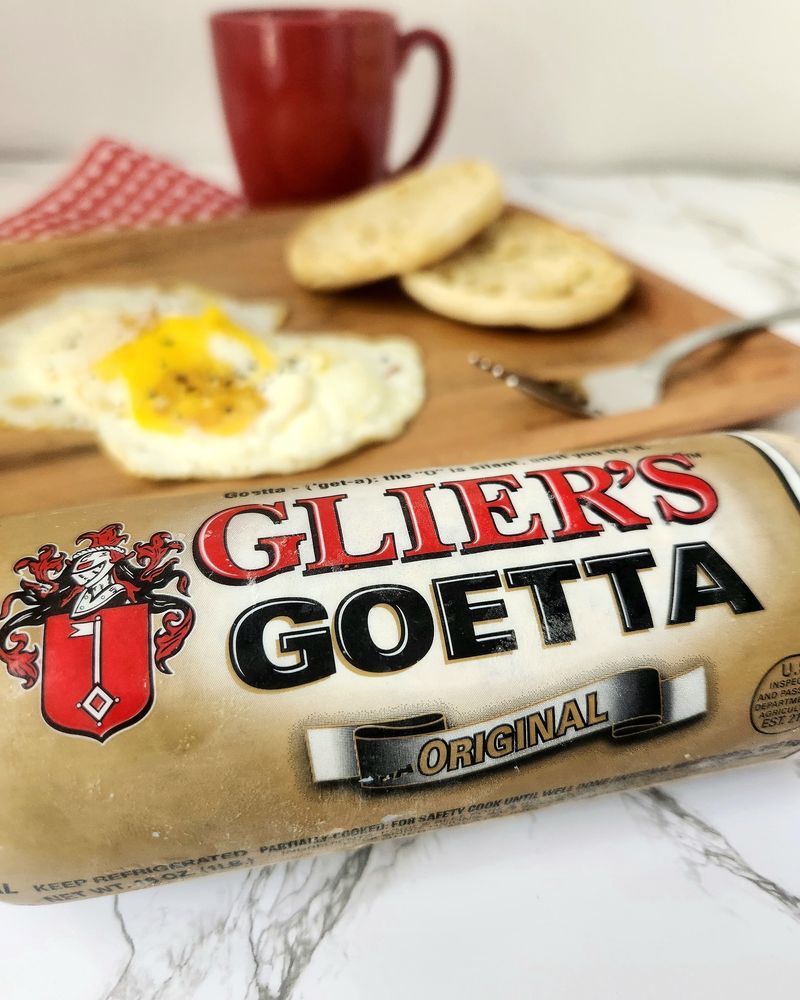
Cincinnati’s German heritage shines through in goetta, a breakfast meat that stretches a small amount of pork and beef with steel-cut oats and spices. This mixture gets formed into loaves, sliced, and fried until crispy on the outside while remaining soft inside.
Unlike its cousins scrapple and livermush, goetta contains no organ meats – just ground meat, oats, onions, and spices. Cincinnatians serve it alongside eggs or stuffed into sandwiches, and local restaurants offer goetta hash, goetta pizza, and even goetta egg rolls.
The annual Goettafest celebrates this regional specialty with cooking competitions and dishes that incorporate goetta in increasingly creative ways. Out-of-towners often describe it as a cross between sausage and oatmeal.
13. Frog Eye Salad (Utah and Idaho)
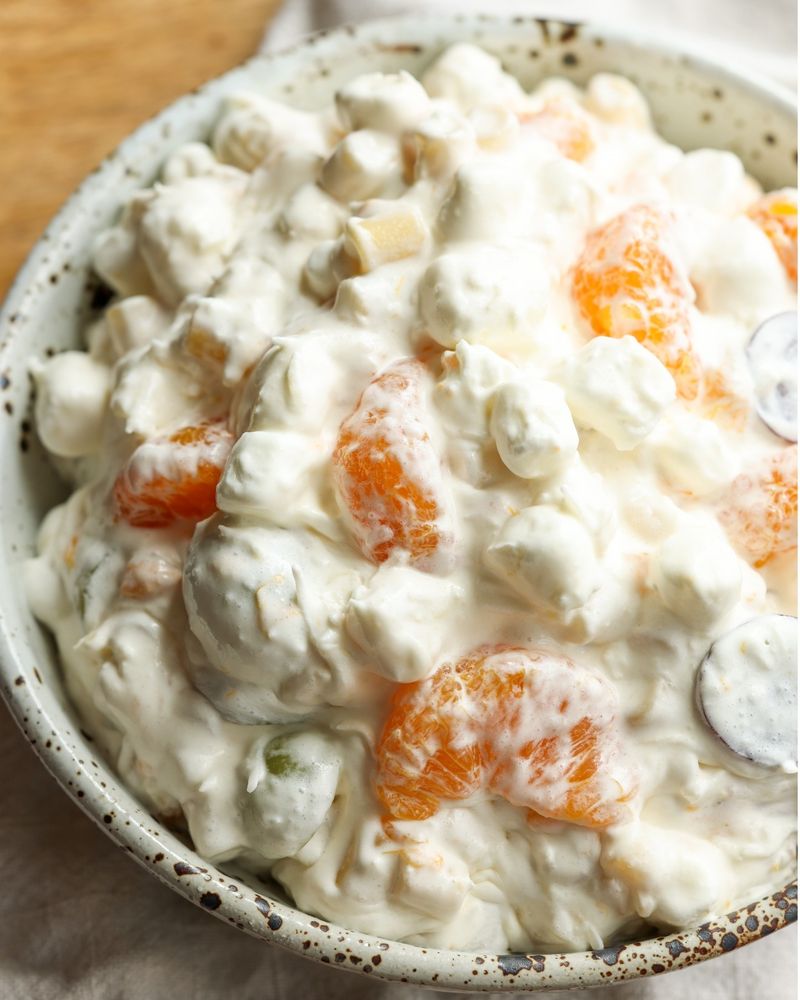
Despite its unsettling name, frog eye salad contains no amphibian parts whatsoever. This sweet pasta salad combines acini di pepe pasta (tiny round pasta resembling frog eyes), pineapple, mandarin oranges, marshmallows, and whipped topping into a dessert that appears at Mormon potlucks across Utah and Idaho.
The tiny pasta gets cooked, then mixed with fruit, egg custard, and other sweet ingredients. After chilling overnight, it develops a pudding-like consistency that’s simultaneously strange and addictive.
Recipe cards for this unusual dessert get passed down through generations in Mormon families. The dish exemplifies the creative community cooking that emerged in regions where large families needed economical, crowd-pleasing recipes for regular gatherings.
14. Fried Bread Tacos (San Antonio, Texas)
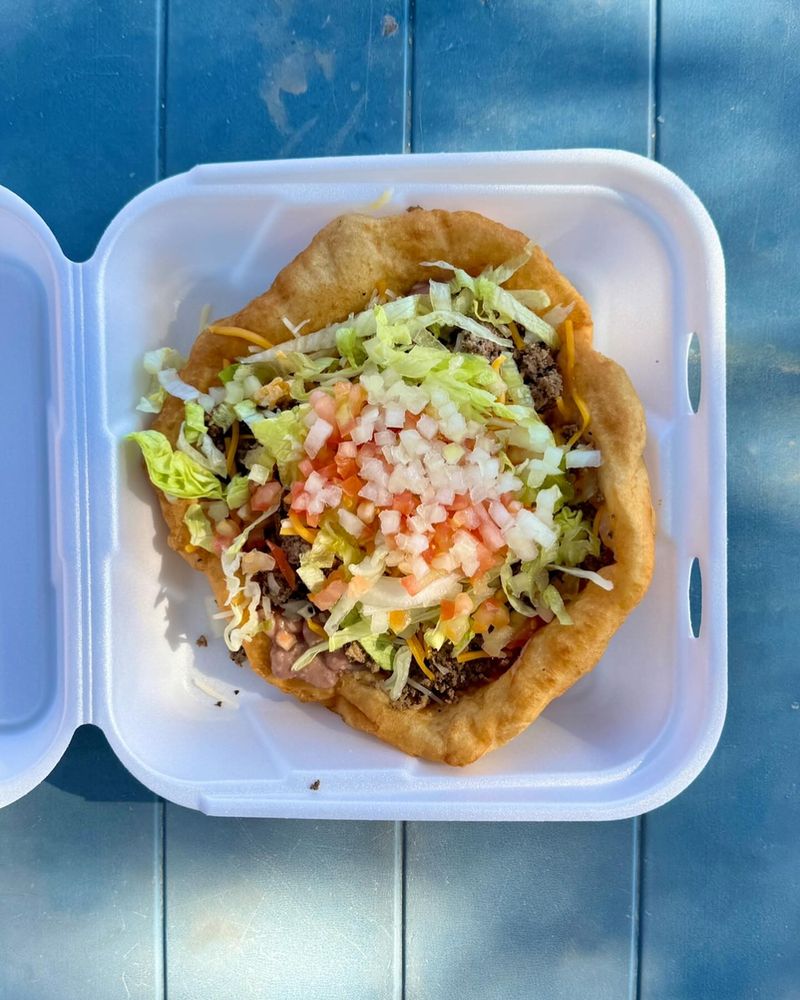
Fried Bread Tacos are a delicious twist on traditional tacos, combining the rich, golden crispiness of fried bread with the bold, savory flavors of your favorite taco fillings. Originating from Indigenous and Southwestern culinary traditions, this dish features soft, pillowy fry bread that’s deep-fried to perfection, creating a slightly crispy outside with a tender inside.
Once fried, the bread is folded or topped with seasoned meats like ground beef or shredded chicken, and piled high with classic toppings such as lettuce, tomatoes, cheese, sour cream, and salsa.
Leave a comment